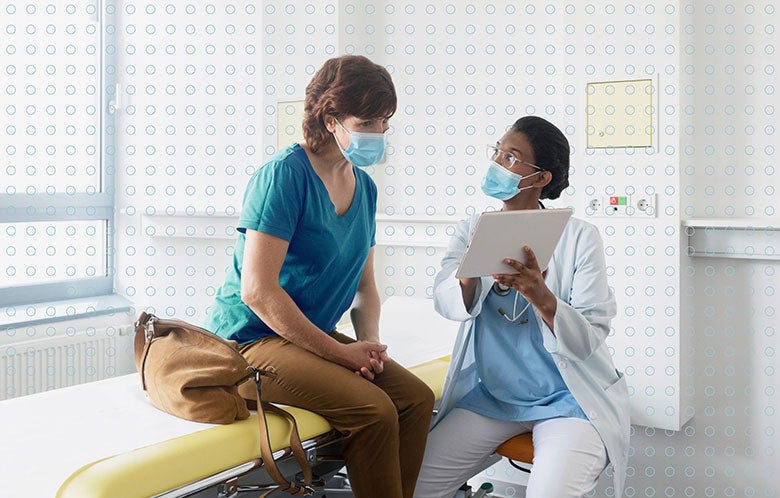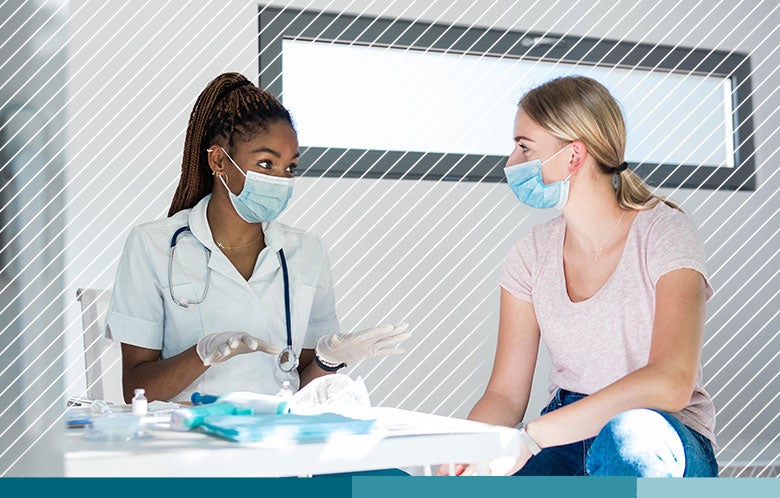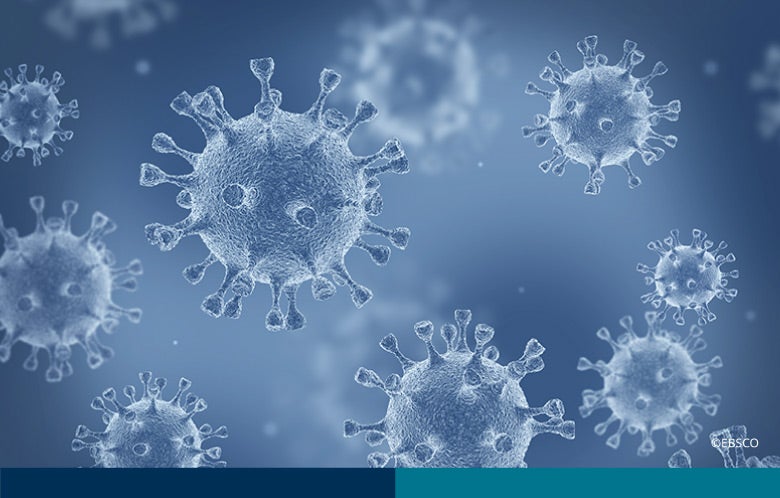While COVID-19 is generally less severe in children and adolescents, a small number may be at risk for severe disease or disabling sequelae including multisystem inflammatory syndrome (MIS-C). Children can also contribute to transmission, further prolonging the pandemic until they’re eligible for vaccination. Here are answers to some common questions about COVID vaccines in children and adolescents.
What COVID-19 vaccines are authorized for children?
In the United States, Canada, and the United Kingdom as well as Australia and New Zealand, the Pfizer-BioNTech vaccine is the only authorized vaccine for adolescents as young as 12 years of age. In Europe, both Pfizer-BioNTech and Moderna vaccines are authorized for this age group. No vaccine is authorized for use at this time in children under 12 years of age.
What do we know about the safety and efficacy of COVID-19 vaccines in adolescents?
In a trial of more than 2,000 adolescents aged 12-15 years, the Pfizer-BioNTech COVID-19 vaccine was highly effective at preventing symptomatic COVID-19 (zero COVID-19 cases in the vaccinated group compared to 18 in the placebo group). The vaccine also had a favorable safety profile. The most common systemic symptoms were similar to those observed in adults and included fatigue, headache, muscle pain, chills and fever. Furthermore, adolescents 12-15 years old produced a greater neutralizing antibody response in comparison to a separate trial of persons aged 16-25 years. These highly promising results led many regulatory agencies to extend authorization for the Pfizer-BioNTech COVID-19 vaccine to this age group.
Moderna conducted a trial in more than 3,000 adolescents aged 12 to less than 18 years in the United States, but it has yet to be published in a peer-reviewed journal. In their application to the FDA for emergency use authorization, they reported zero cases of COVID-19 among vaccinated participants (it is unclear how many cases occurred in the placebo group). No significant safety concerns were noted, and the majority of adverse events were mild or moderate. The European Medicines Agency (EMA) has authorized this vaccine in adolescents as young as 12 years of age and it is likely to receive authorization from other regions soon.
Johnson & Johnson is currently planning their study for adolescents 12-17 years of age with recruitment beginning this fall.
CoronaVAC is an inactivated SARS-CoV-2 vaccine developed by Sinovac Life Sciences in China. In a combined analysis of phase 1 and 2 safety and dose-escalation studies, CoronaVAC was found safe in children three to 17 years of age. CoronaVAC was also found to be immunogenic, eliciting dose-dependent neutralizing antibodies.
What about children under 12 years of age?
Trials including children as young as six months of age are currently ongoing, but it doesn’t appear that we will have data to inform authorization before the start of the school year in the Northern Hemisphere for those younger than 12 years old. Pfizer is testing a reduced dosing regimen in groups of children six months to two years old, two to five years old, and five to 11 years old. A company spokesperson has estimated data from the five to 11 age group will likely be available in September. Moderna is also testing a reduced dosing regimen in young children and is likely to report results by the end of the year.
The New York Times recently reported that the FDA issued a request to include more children in these studies before they would issue emergency use authorization, suggesting that the timeframe for authorization may be longer than anticipated.
Can the COVID shot be combined with other vaccinations?
COVID-19 vaccines and other vaccines may be administered without regard to timing. If a child is receiving COVID-19 vaccination and other vaccines in a single visit, it is recommended to administer each shot in a different injection site. For adolescents and adults, the deltoid muscle can be used for more than one intramuscular injection, spaced more than one inch apart, if possible. The American Academy of Pediatrics (AAP) supports coadministration of vaccinations, particularly for children who are behind on their immunizations.
What else can we do to ensure the safety of children in school?
While vaccination remains the best prevention strategy, social countermeasures including masking, physical distancing and improved ventilation are still useful tools and will be essential in schools. The CDC recommends masking for all students, teachers, staff, and visitors in schools regardless of vaccination status or transmission in the community. Isolation of children testing positive for COVID-19 and quarantine of classrooms, while disruptive, can provide another layer of defense against spread in schools.
Extending vaccination to children and adolescents will be a critical step towards achieving herd (community) immunity and reducing opportunities for evolution of more variants.
For more information about COVID-19 in children, see COVID-19 and Pediatric Patients in DynaMed®.



